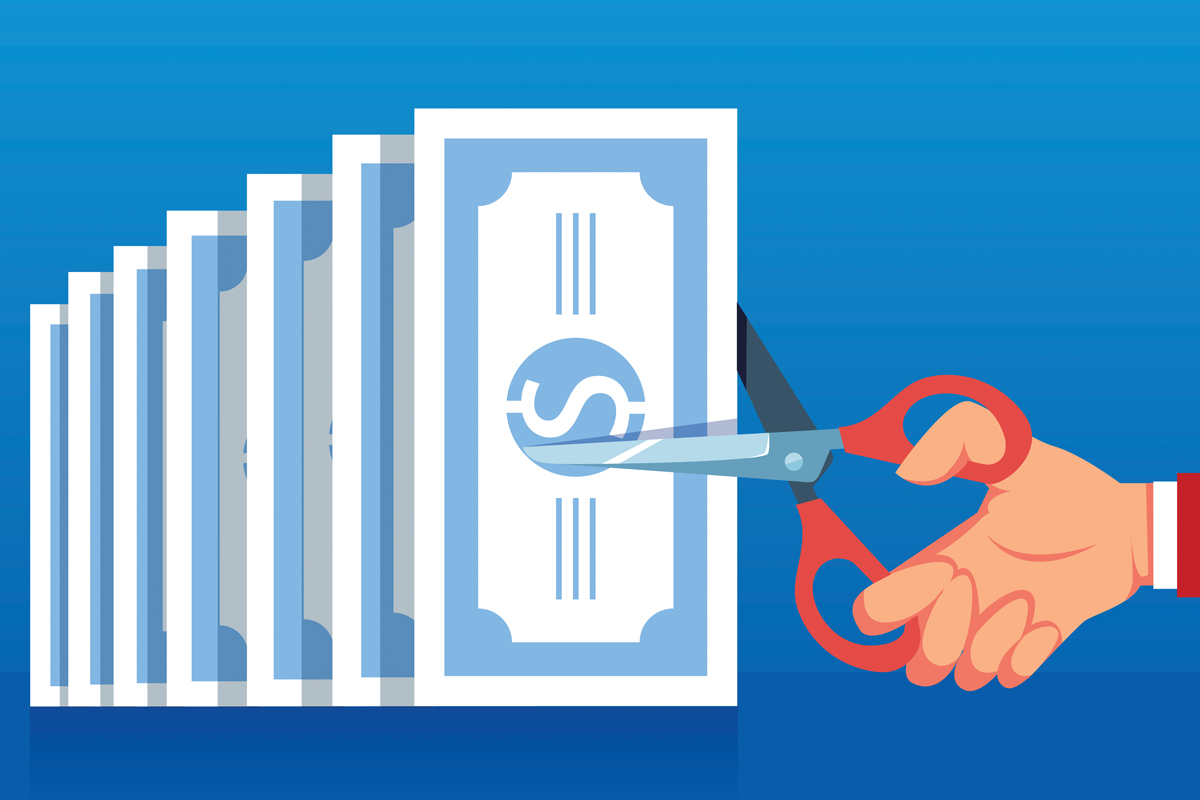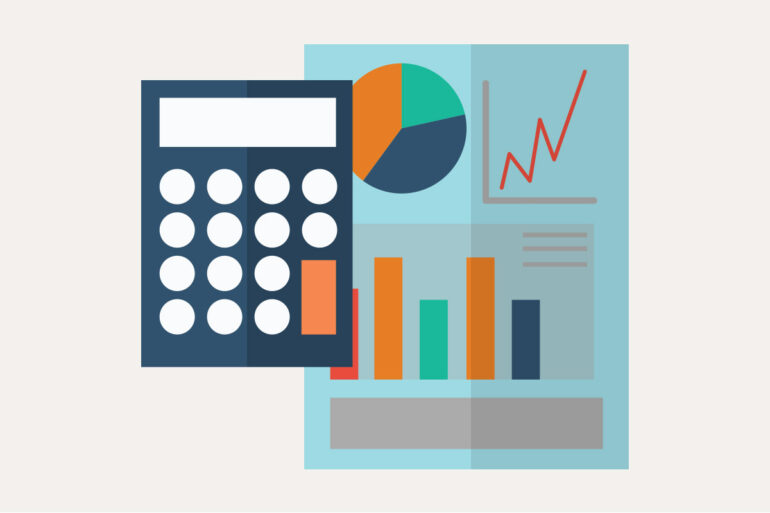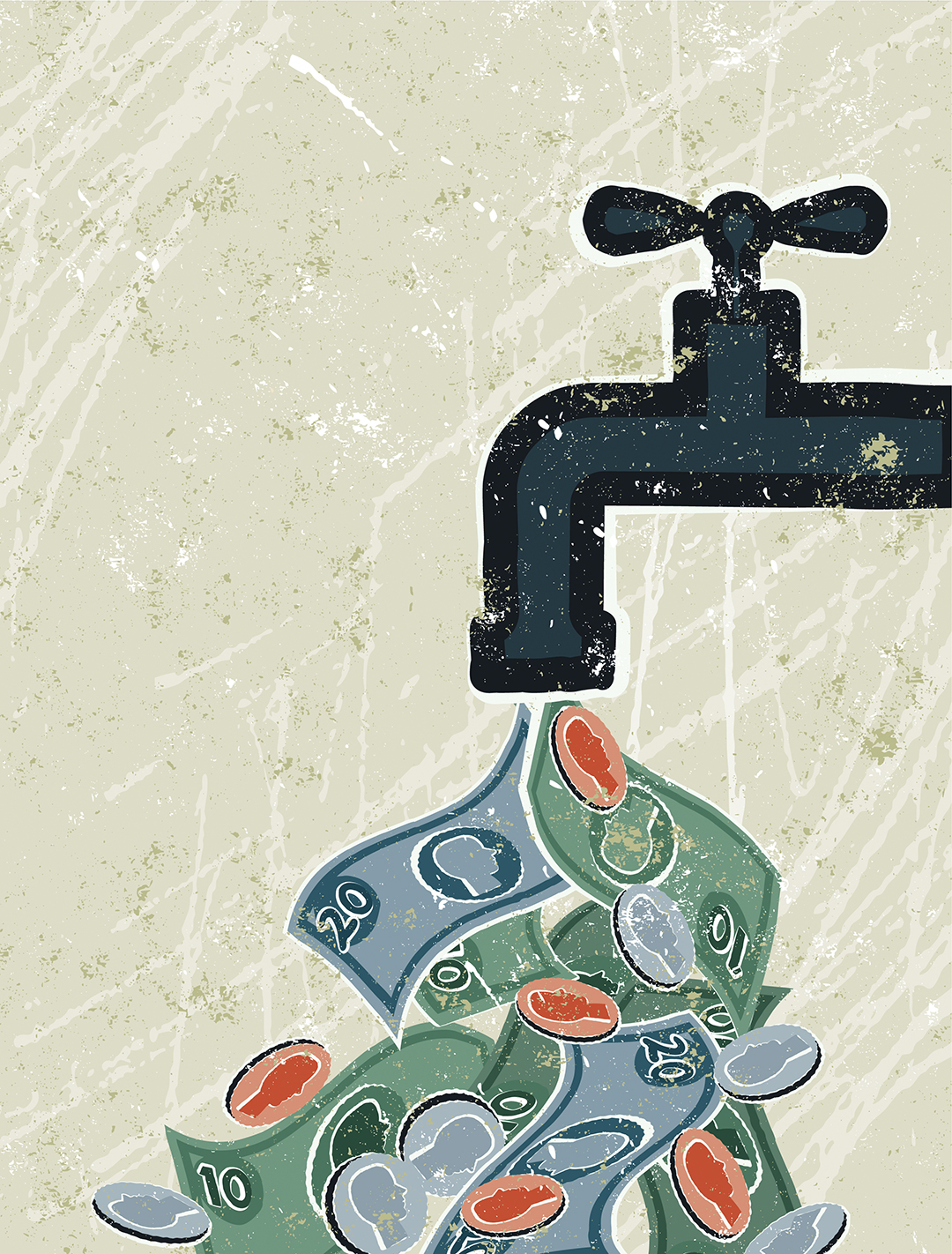How Long Can Your Company Survive Without Income?

If you have listened to Dave Ramsey, you know his initial step toward personal financial freedom is the creation of an emergency fund. The long-term objective is to have an emergency fund that will cover three to six months of income. The same principle applies to our businesses. We need an emergency fund as well.
The vast majority of workers in the United States live from paycheck to paycheck (according to a 2017 survey from CareerBuilder, 8 out of 10 workers said they did). If they lost their job, there would be serious consequences in terms of meeting their monthly obligations. When the economic world came to a screeching halt in 2008, seemingly overnight the economy took a nosedive and many businesses went bankrupt within months.
Even though it had strong cash flow at the time, in 2008 AT&T had a difficult time securing short-term financing, and at one point was unable to get terms for longer than overnight. I was shocked! One of the top companies in the country was in a financial mess because it could not borrow money. Some of the greatest minds in the business world worked for this company, and many others like it, and yet they did not have the common sense to build up cash for what we might call a raining day fund … just in case! Amazing.
Poor financial management is not limited to the big boys. Small businesses everywhere are very similar to the majority of U.S. workers … they live from week to week. In fact, statistics show that 82 percent of small businesses fail because of cash flow problems. Most reading this article are in the trades industry. Our industry is notorious for its seasonality. Weather dramatically affects sales for most of the industry. It’s been that way forever, and it’s not likely to change. However, what can and should change is how we prepare for those slow seasons.
How Much Is Enough?
Let’s assume our small business grosses $600,000 per year or an average of $50,000 a month. Let’s say monthly fixed overhead (overhead dollars that must go out each month to stay afloat) is $12,000. Adding in salaries of the key overhead people — ones you want to keep on the payrolls at all costs — will increase the number to perhaps $22,000 a month.
Utilizing Dave Ramsey’s parameters of wanting an emergency fund that could cover three to six months means the company needs to have savings of $66,000 to $132,000 to be on the safe side. That is a lot of money, and it is unlikely the company will go three to six months with no income, so perhaps a more realistic range would be $40,000 to $80,000 in the bank as an emergency fund. Some of you may just want to draw from your line of credit should the need arise. In 2008, however, that assumed resource disappeared. Better safe than sorry.
How Do We Generate Cash for the Emergency Fund?
The principle is pretty straightforward. If your rent, insurance, or wages go up, how do they get covered? You increase your pricing to the customer. If you want to create an emergency fund of $60,000, that sum needs to become part of your budget, and therefore part of your pricing. If you were a service company with three techs, you would produce roughly 3,000 billed hours per year. The hourly rate would need to increase by $20 an hour ($60,000 divided by 3,000 billed hours equals $20 an hour). If your objective were to create the fund over two years, the rate will only need to go up $10 an hour. The neat part is after the emergency fund is fully funded: Do not change your hourly rate. The money being used to create the fund just became additional profit.
Wouldn’t you sleep better at night knowing you had a fully funded emergency fund sitting in the bank, just in case?





